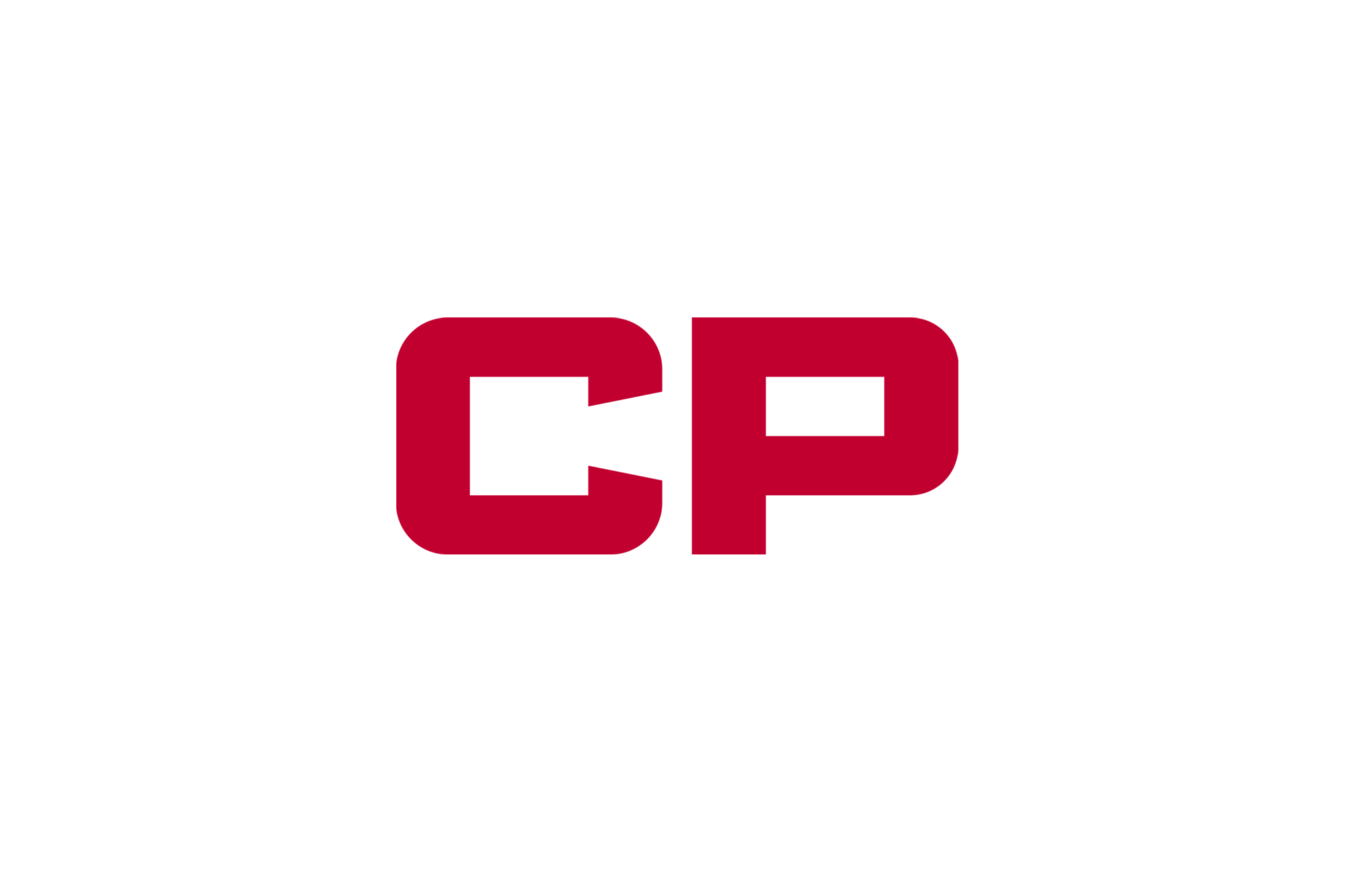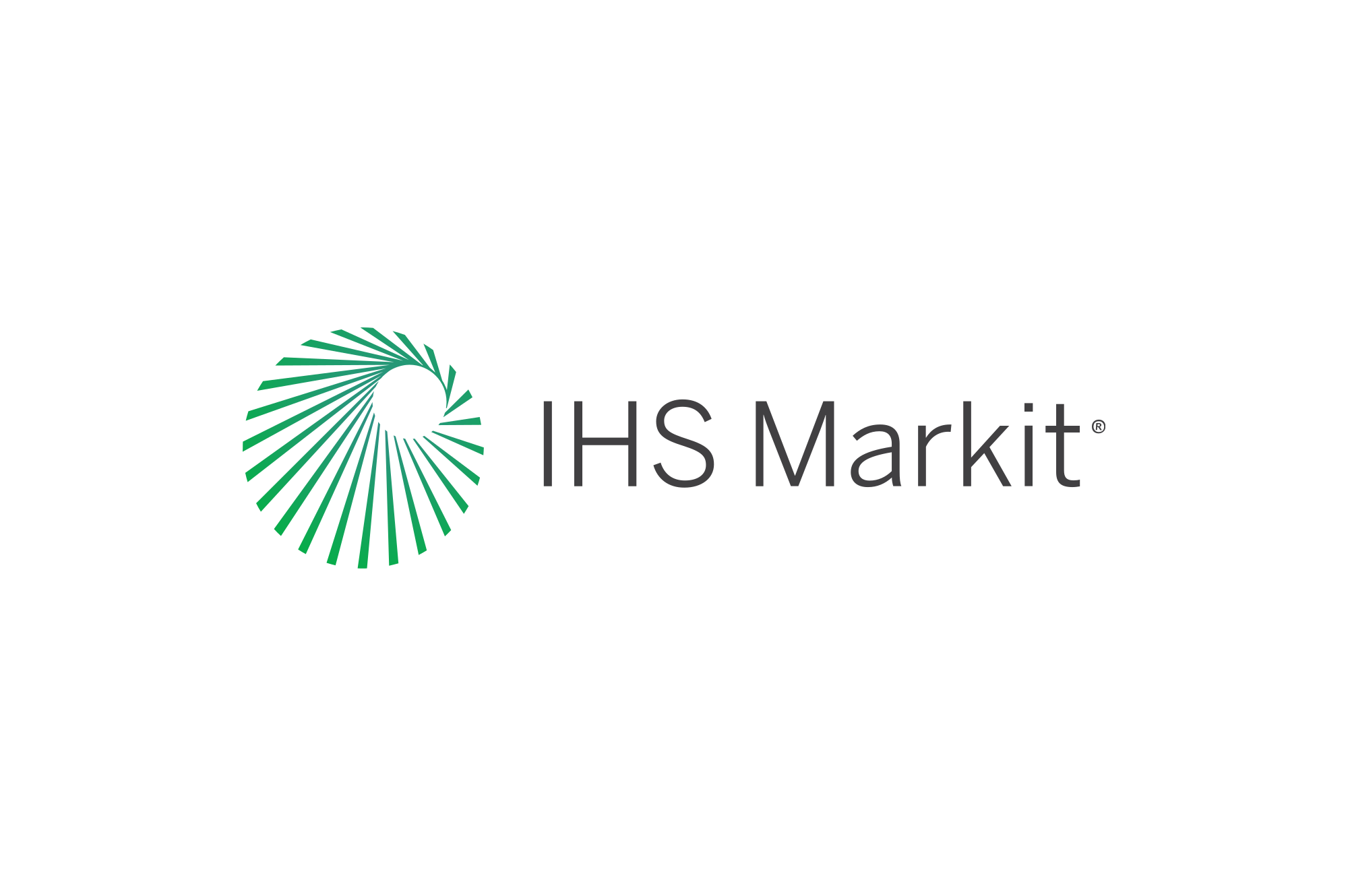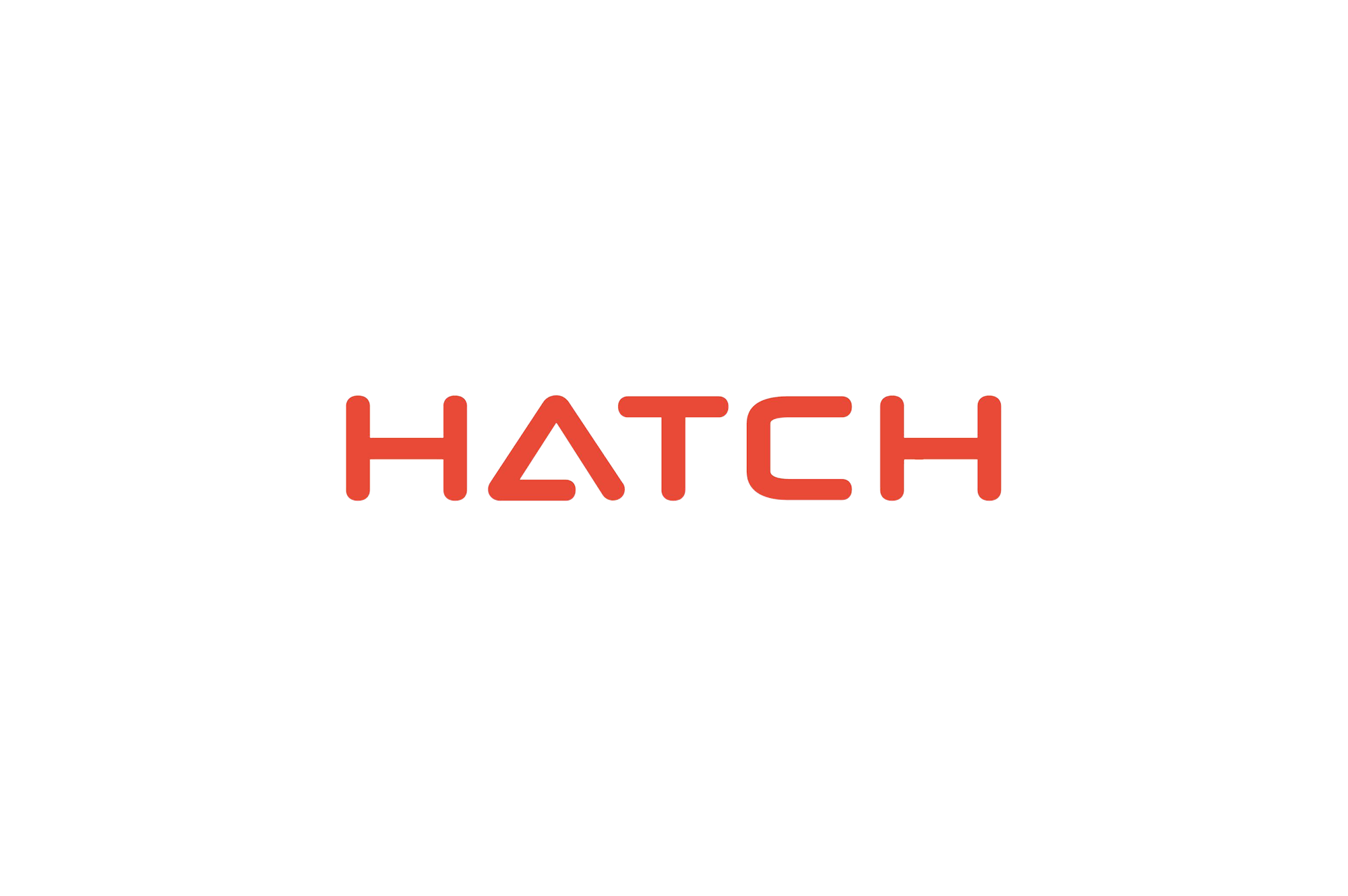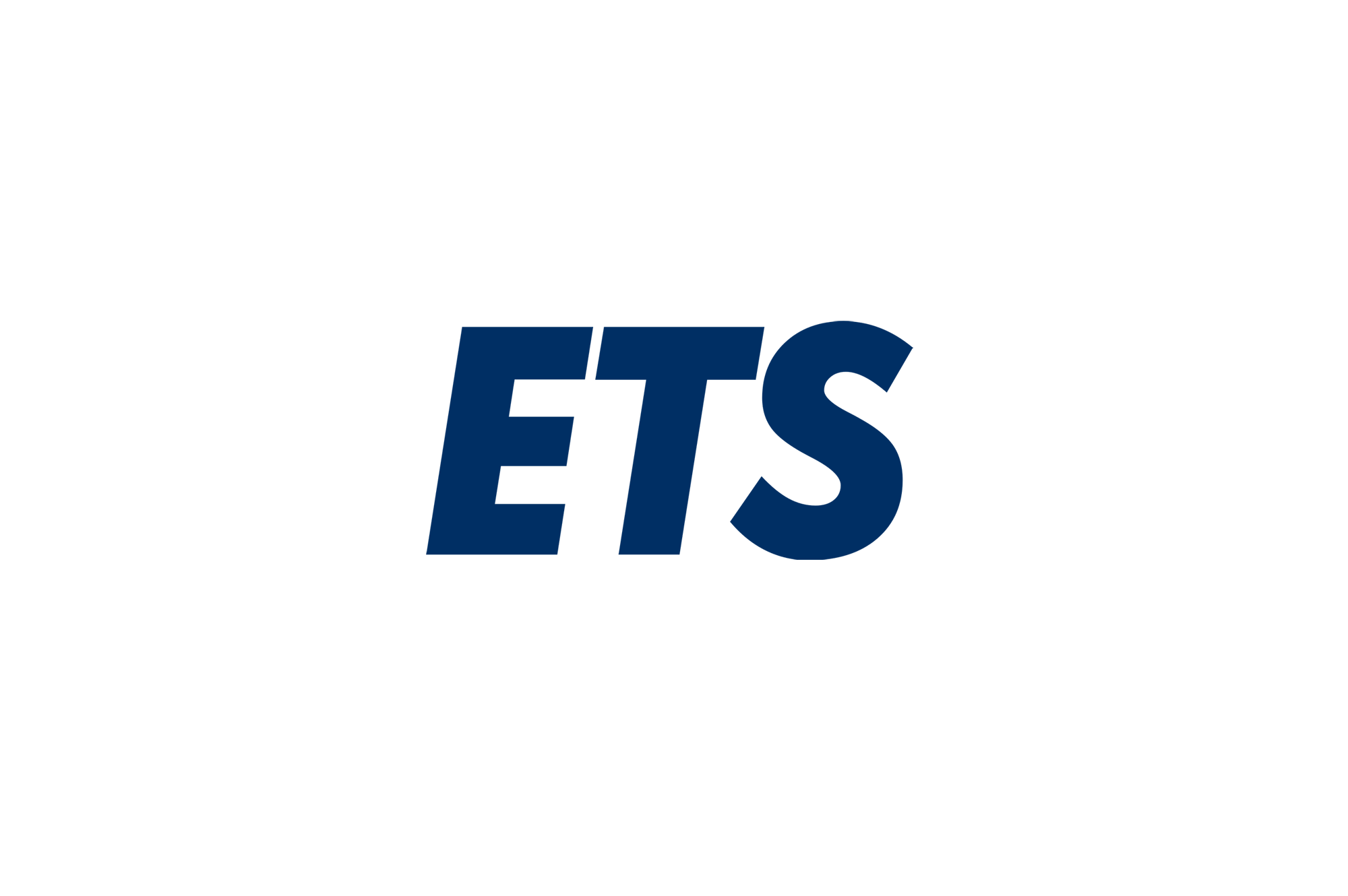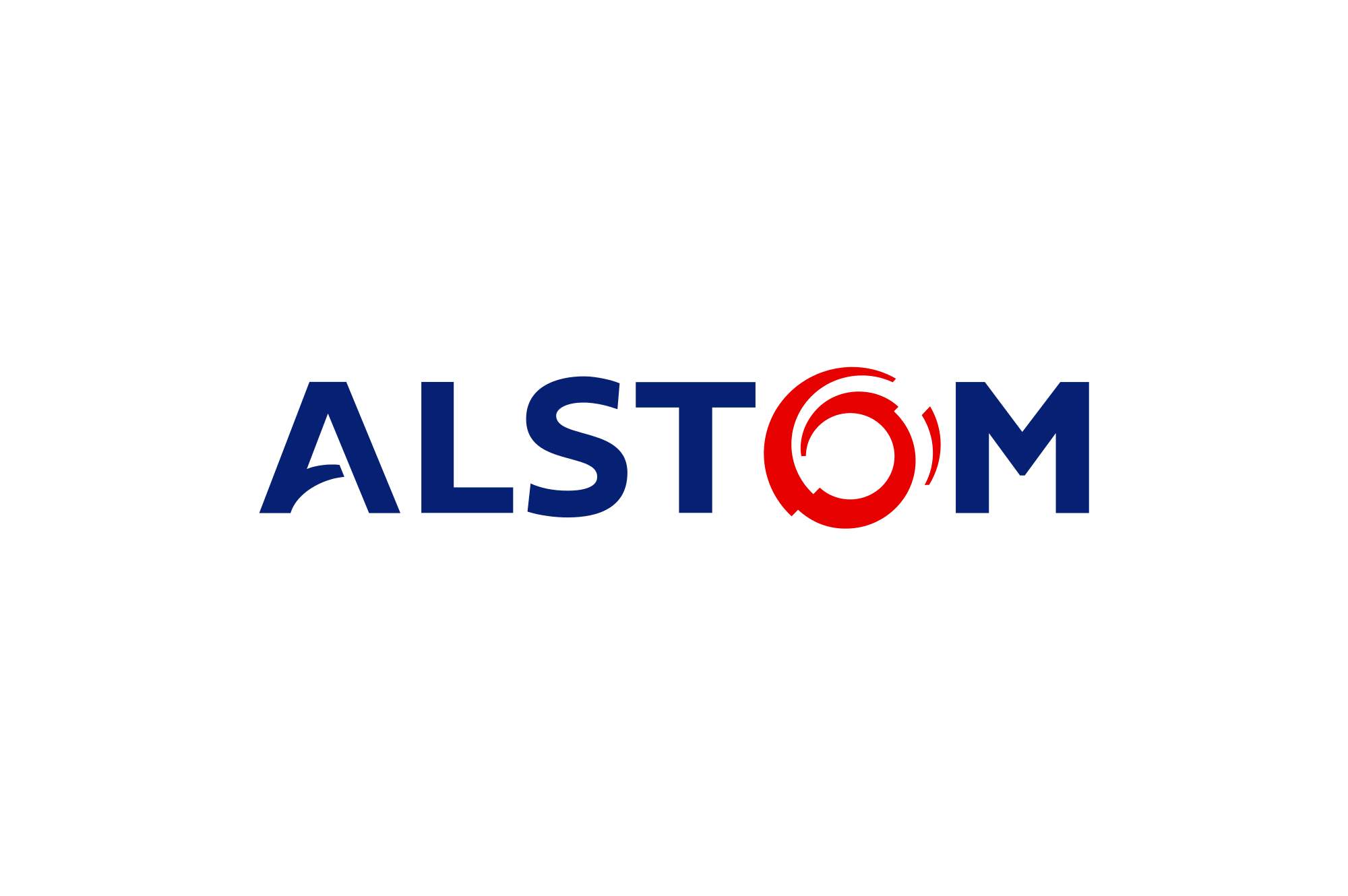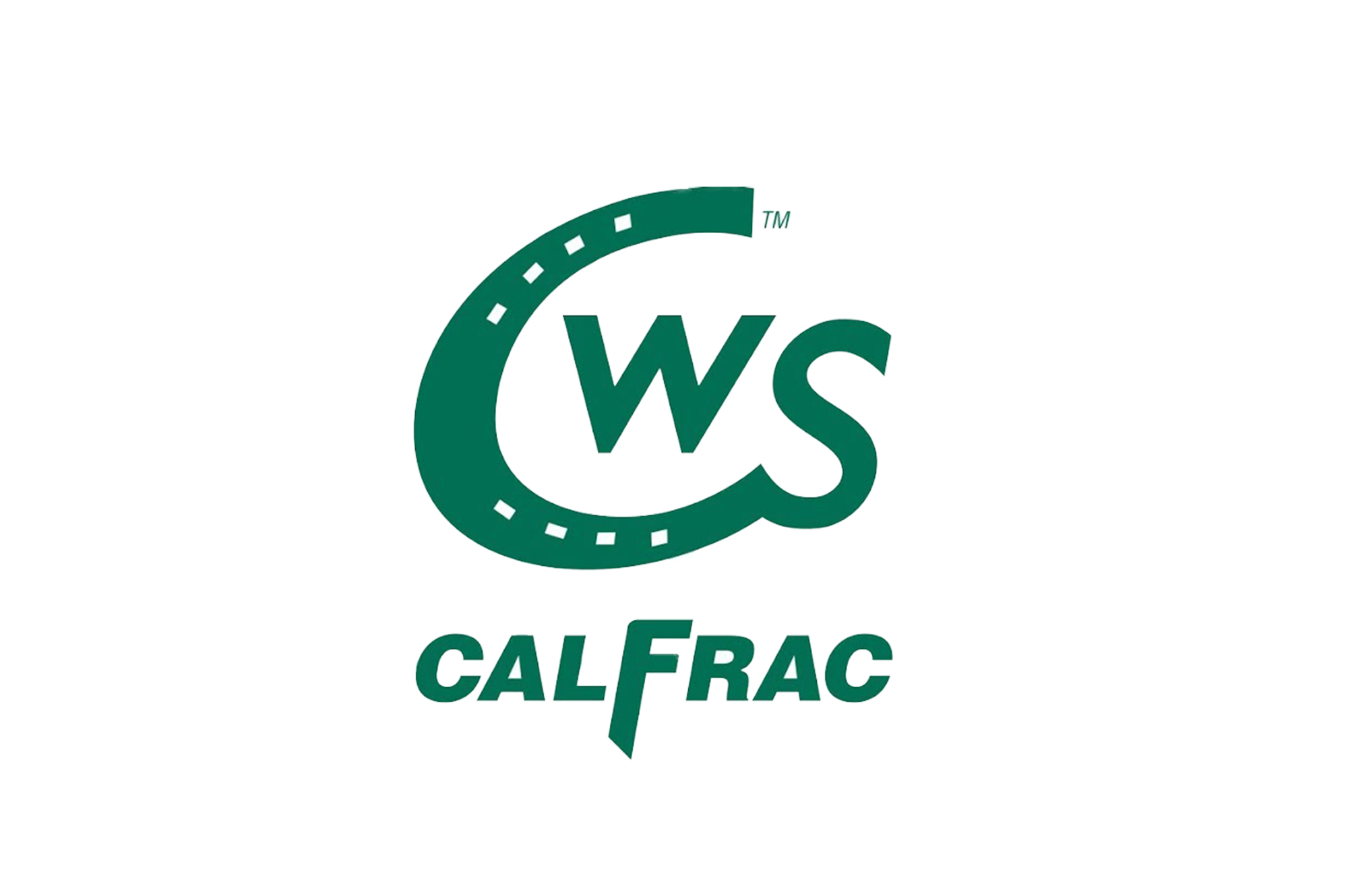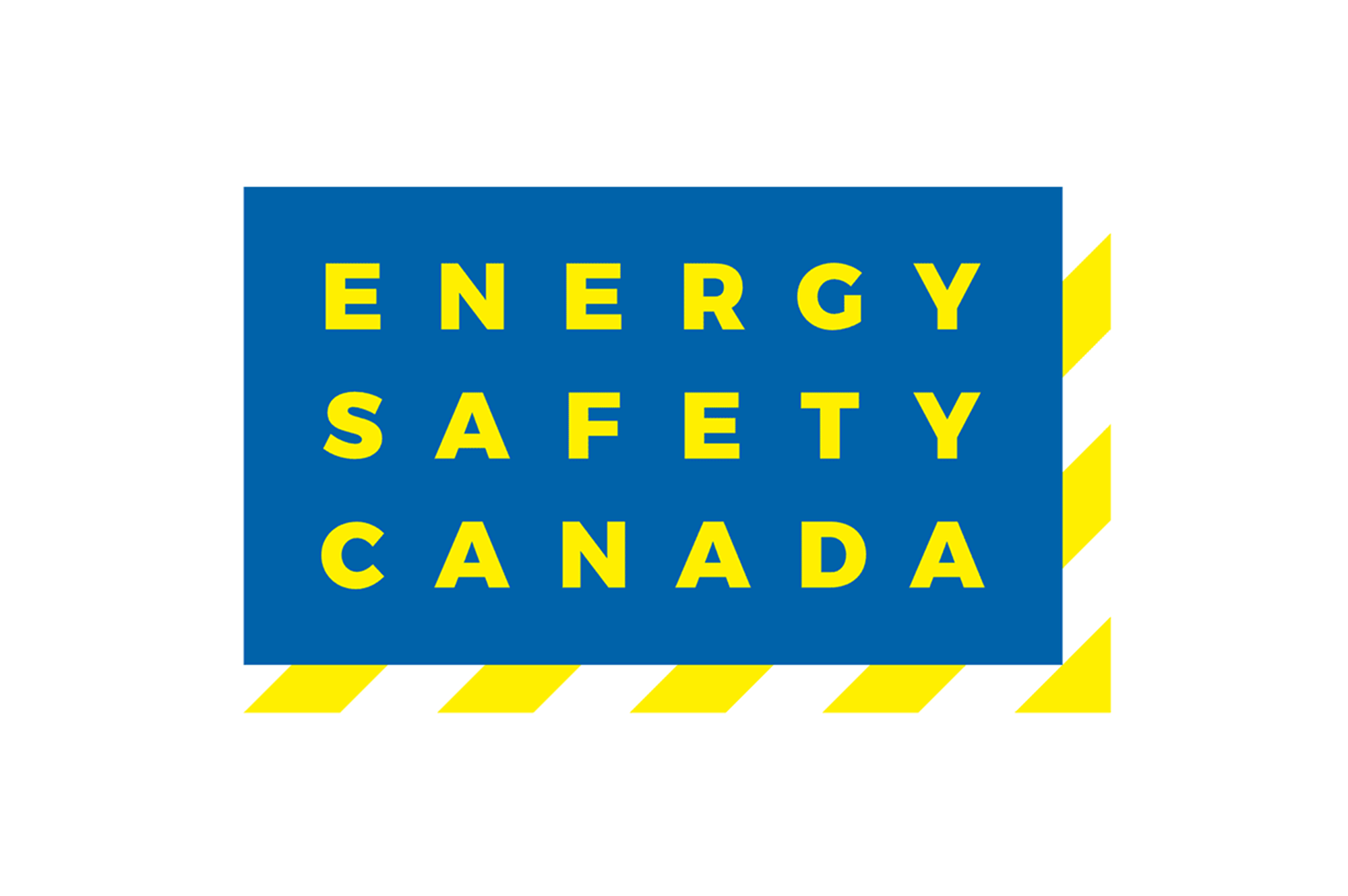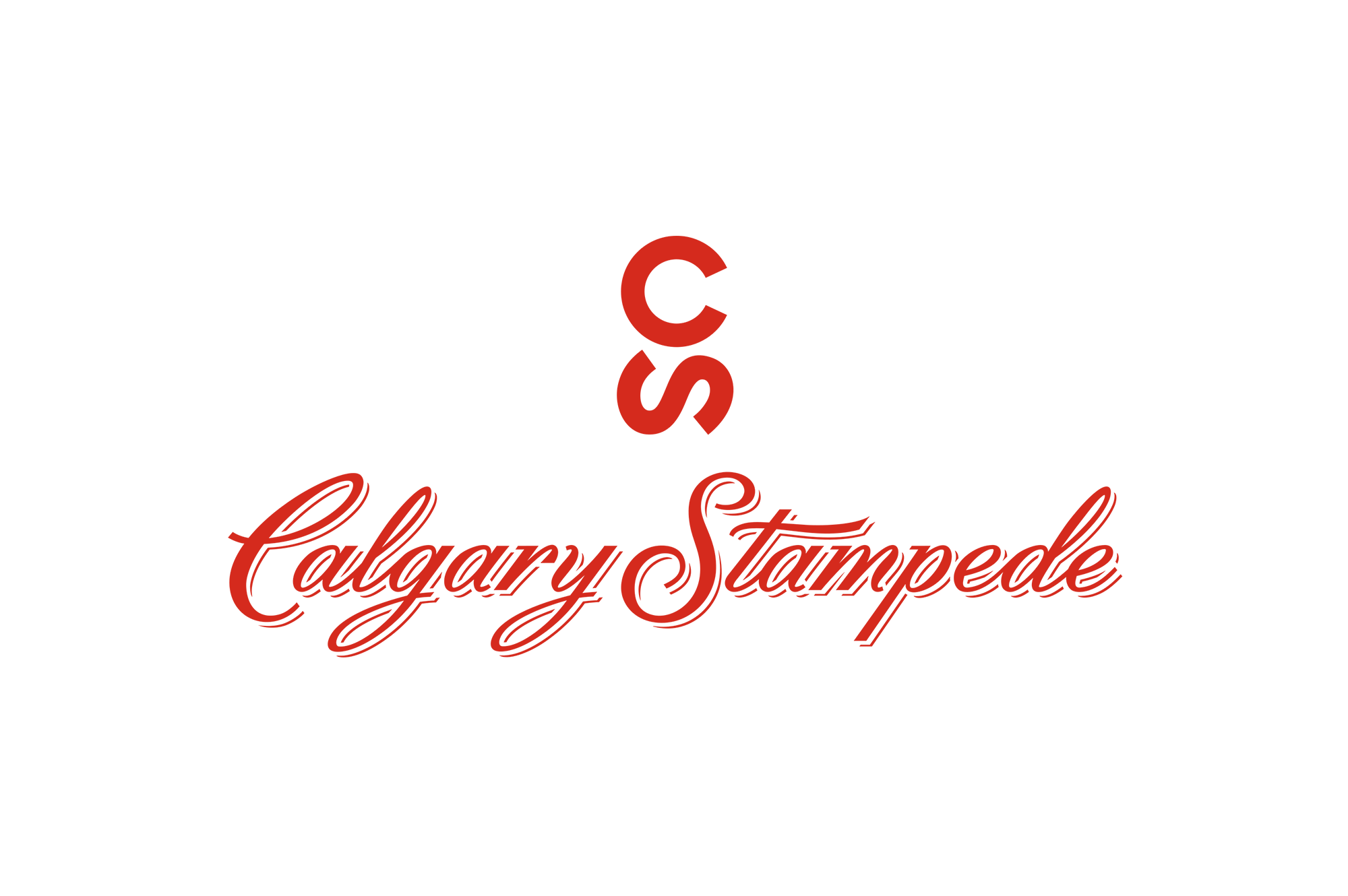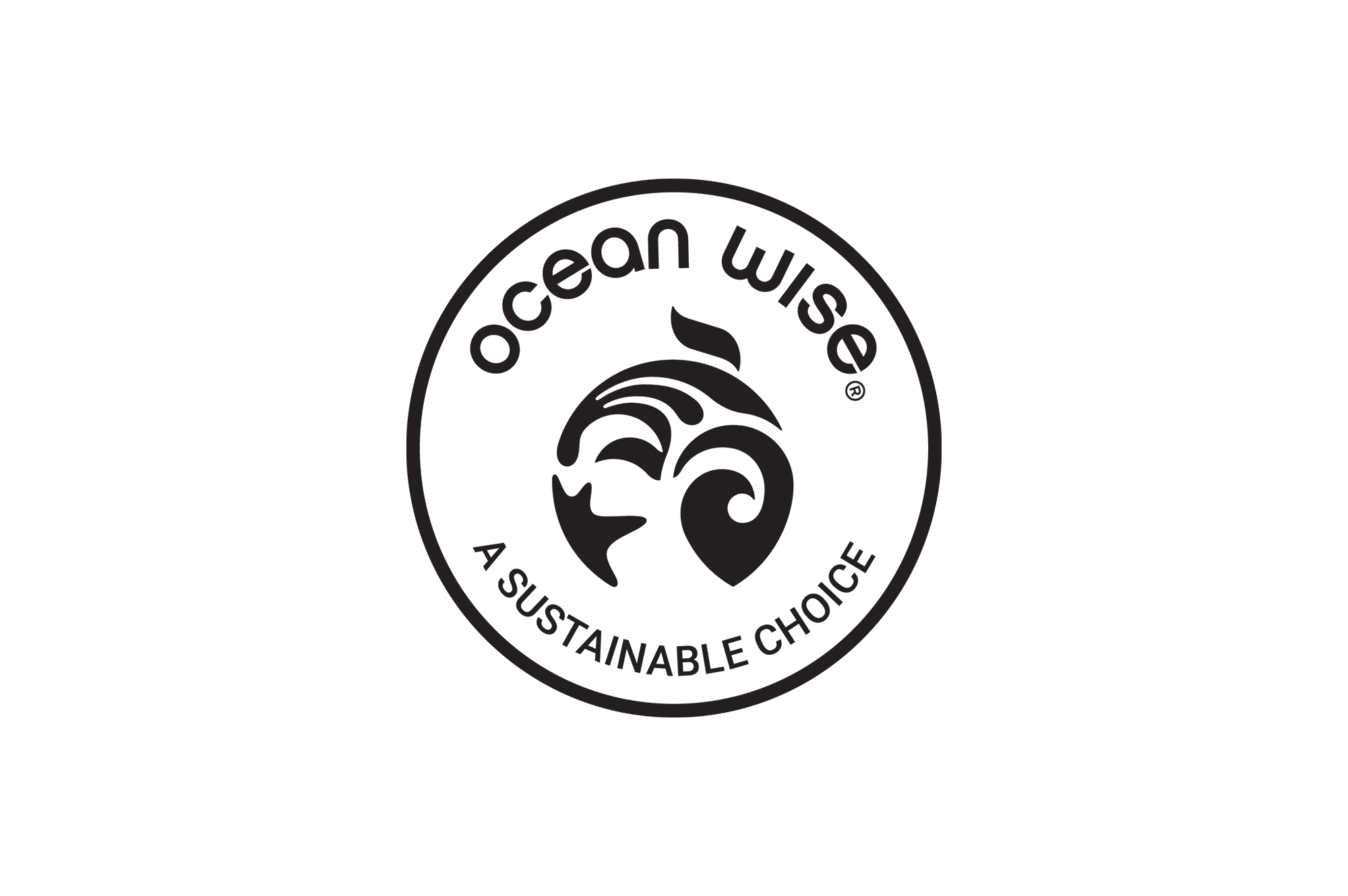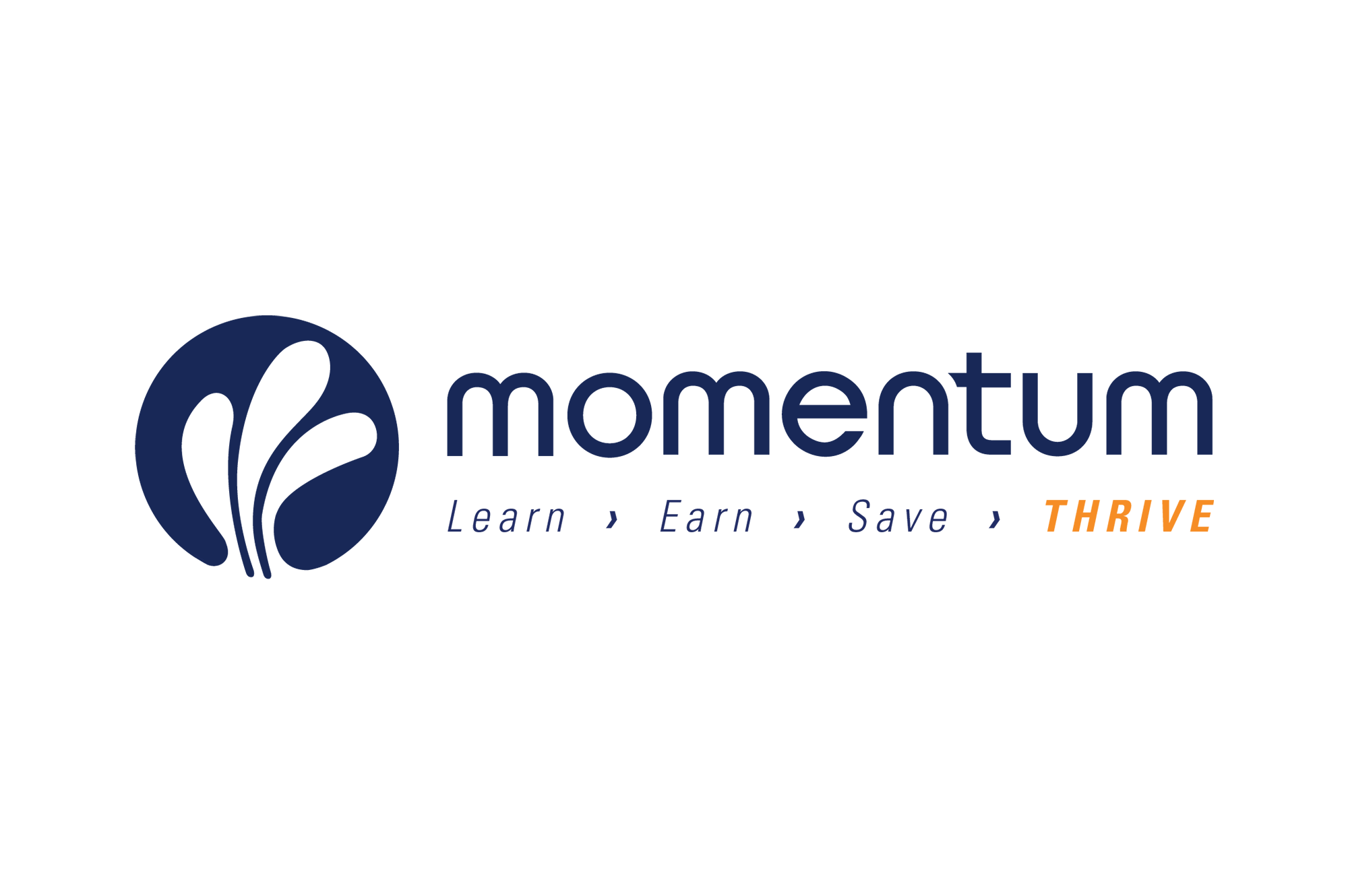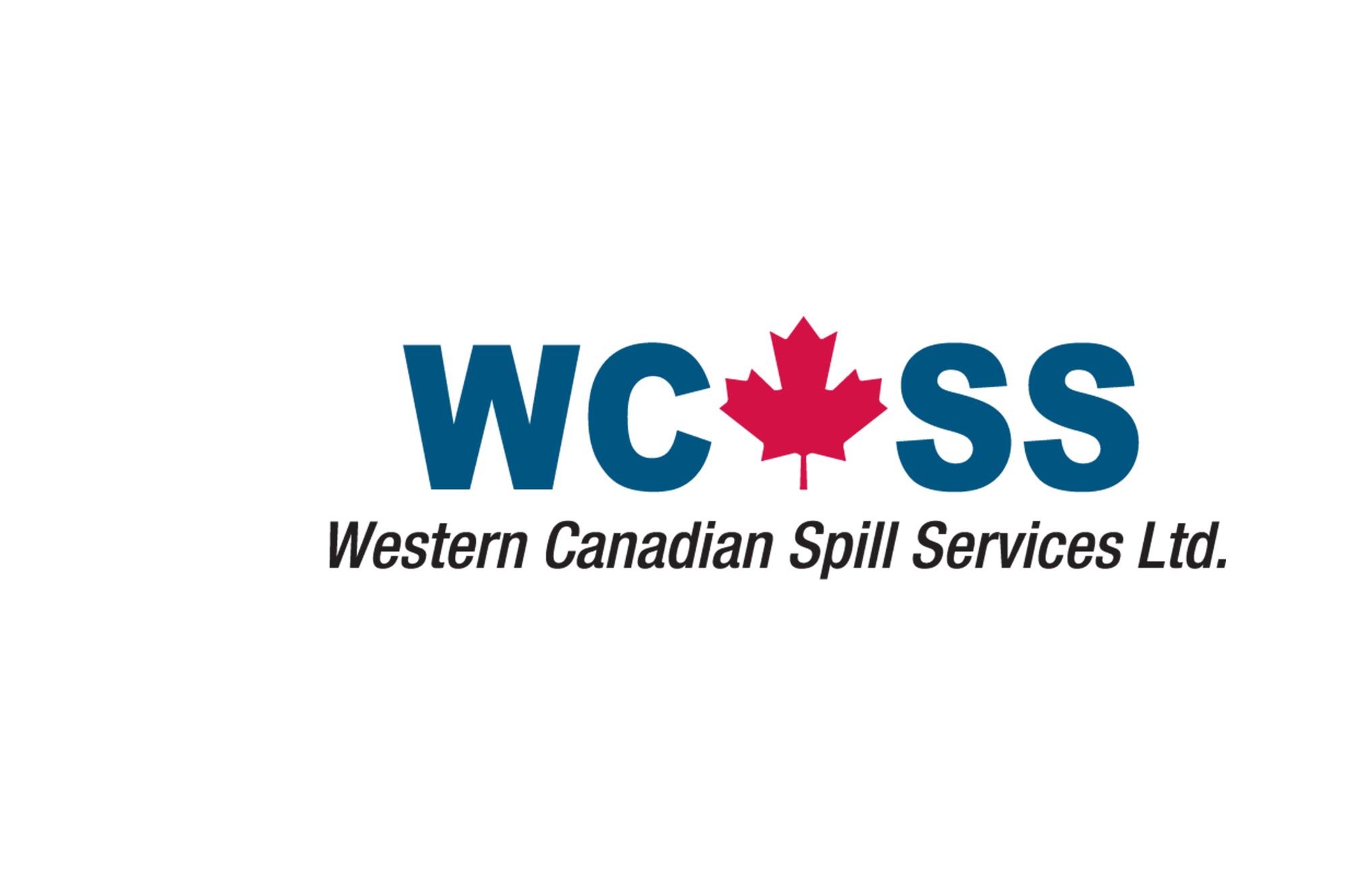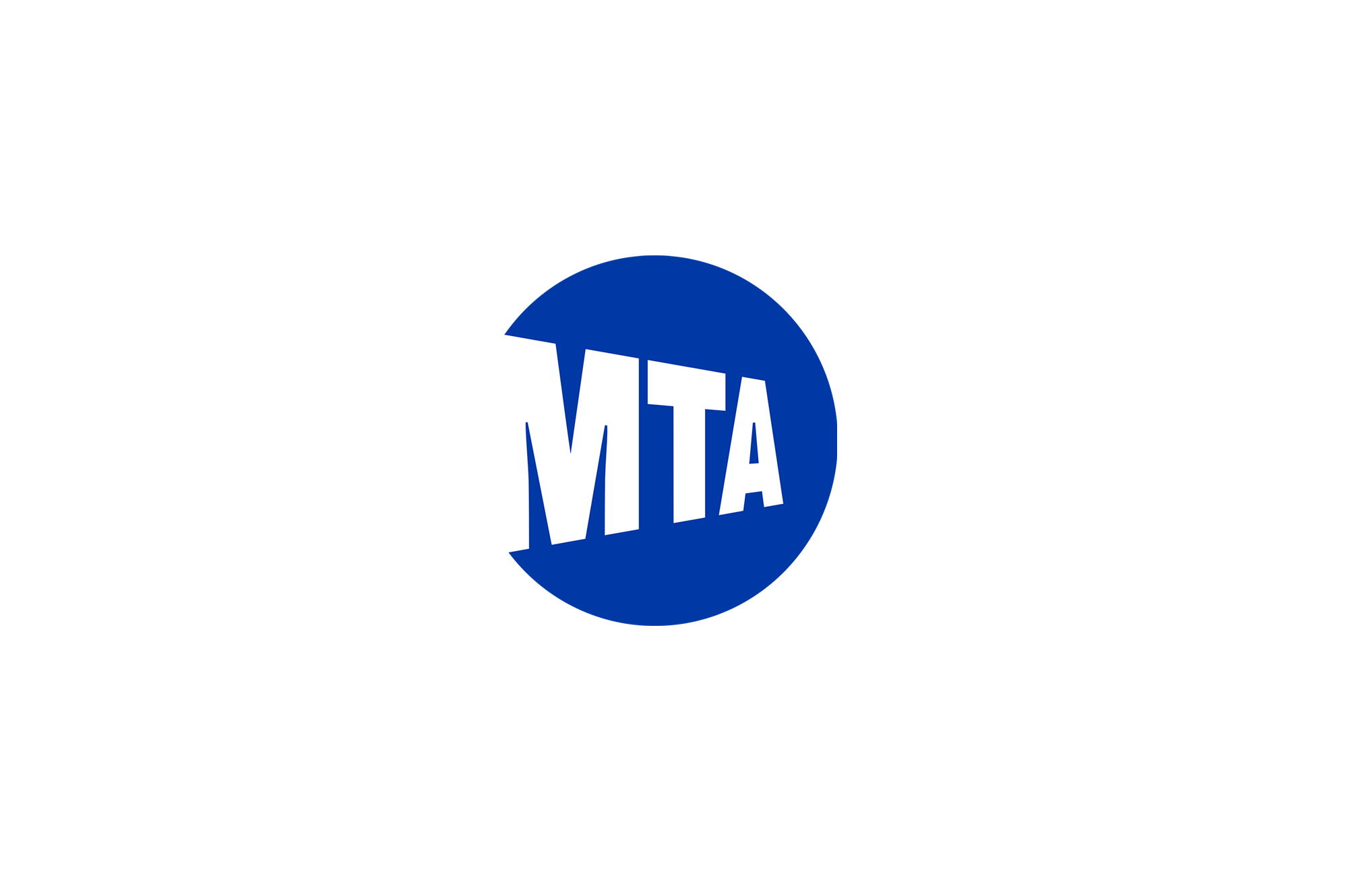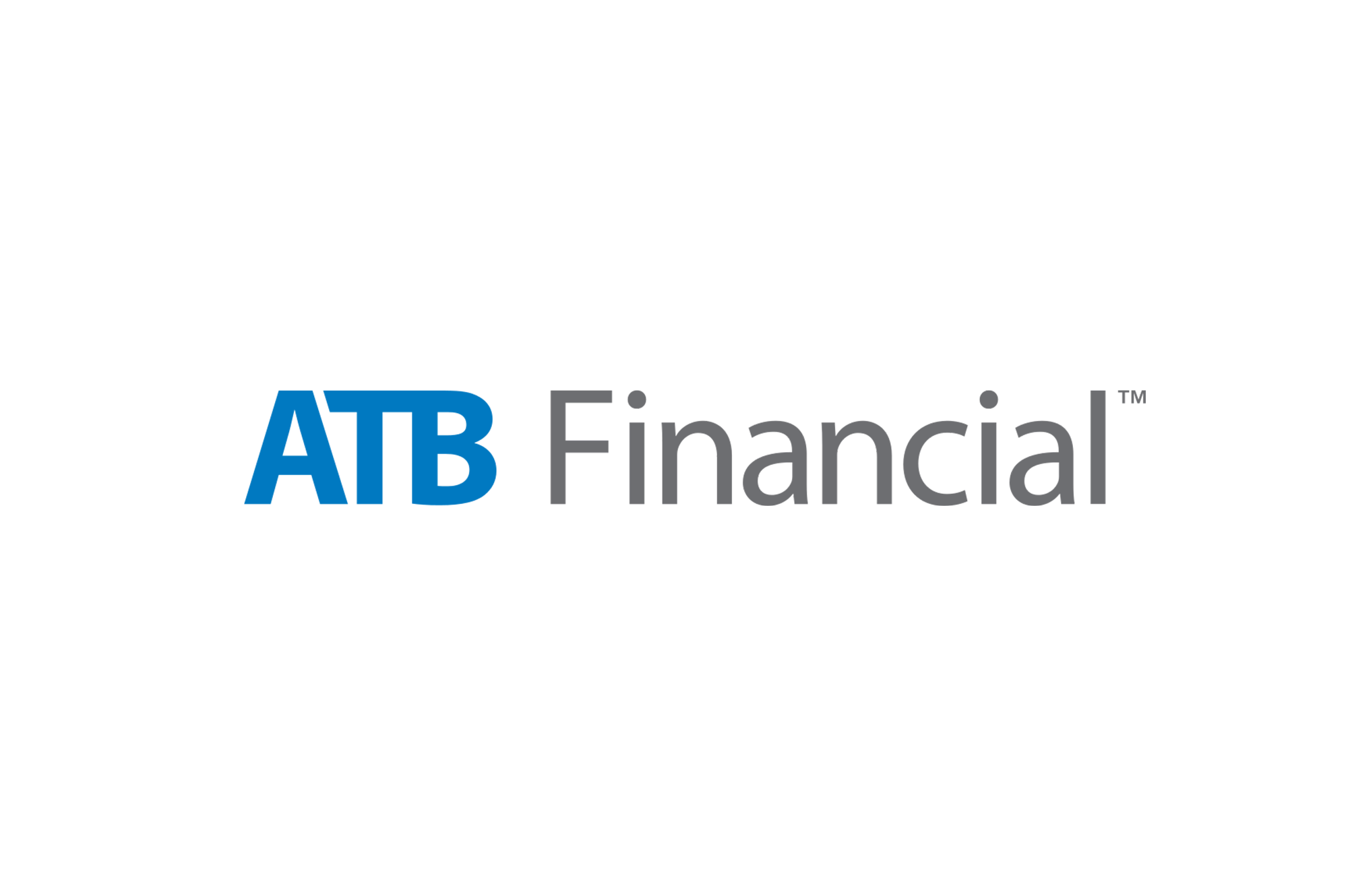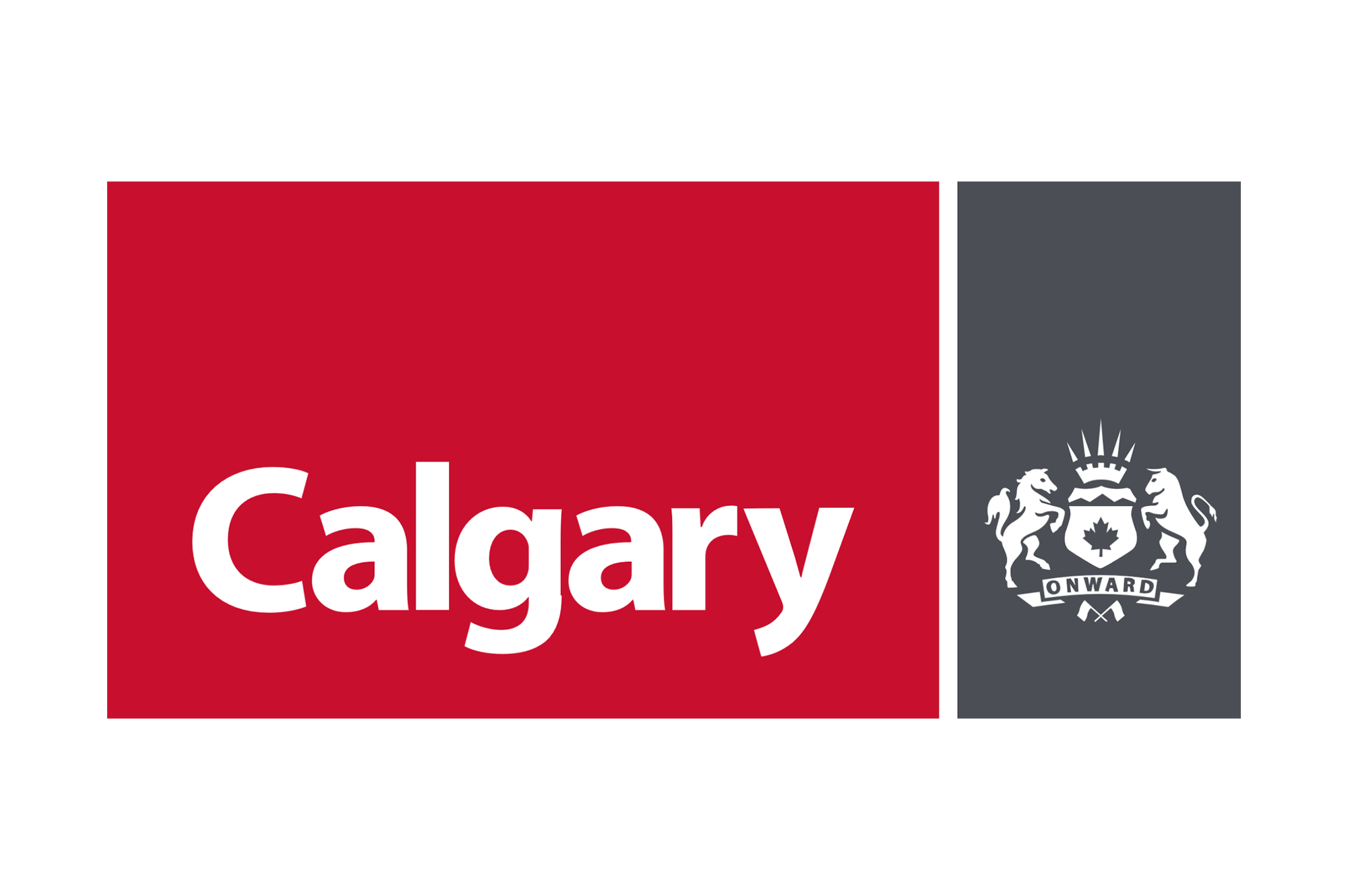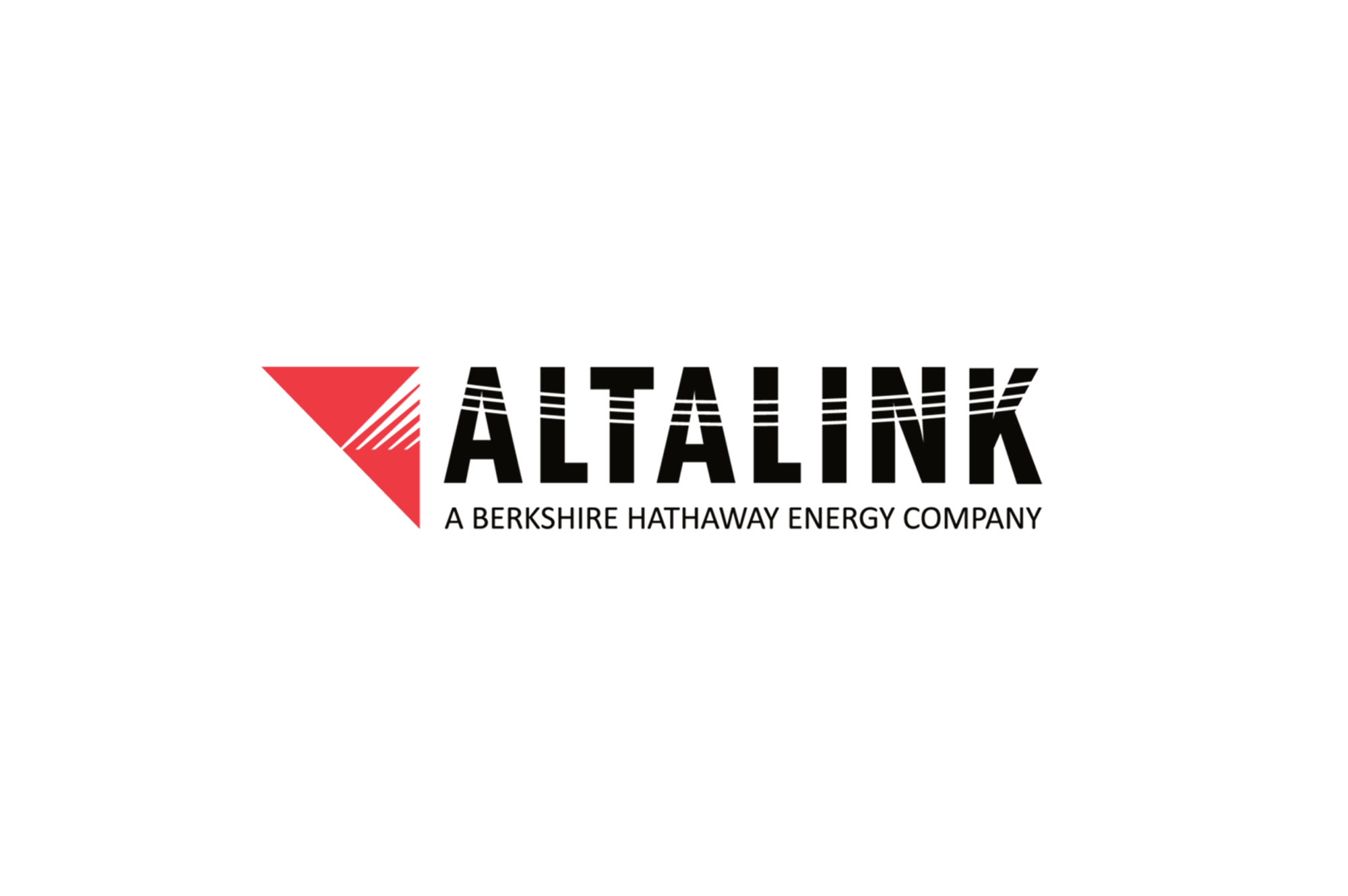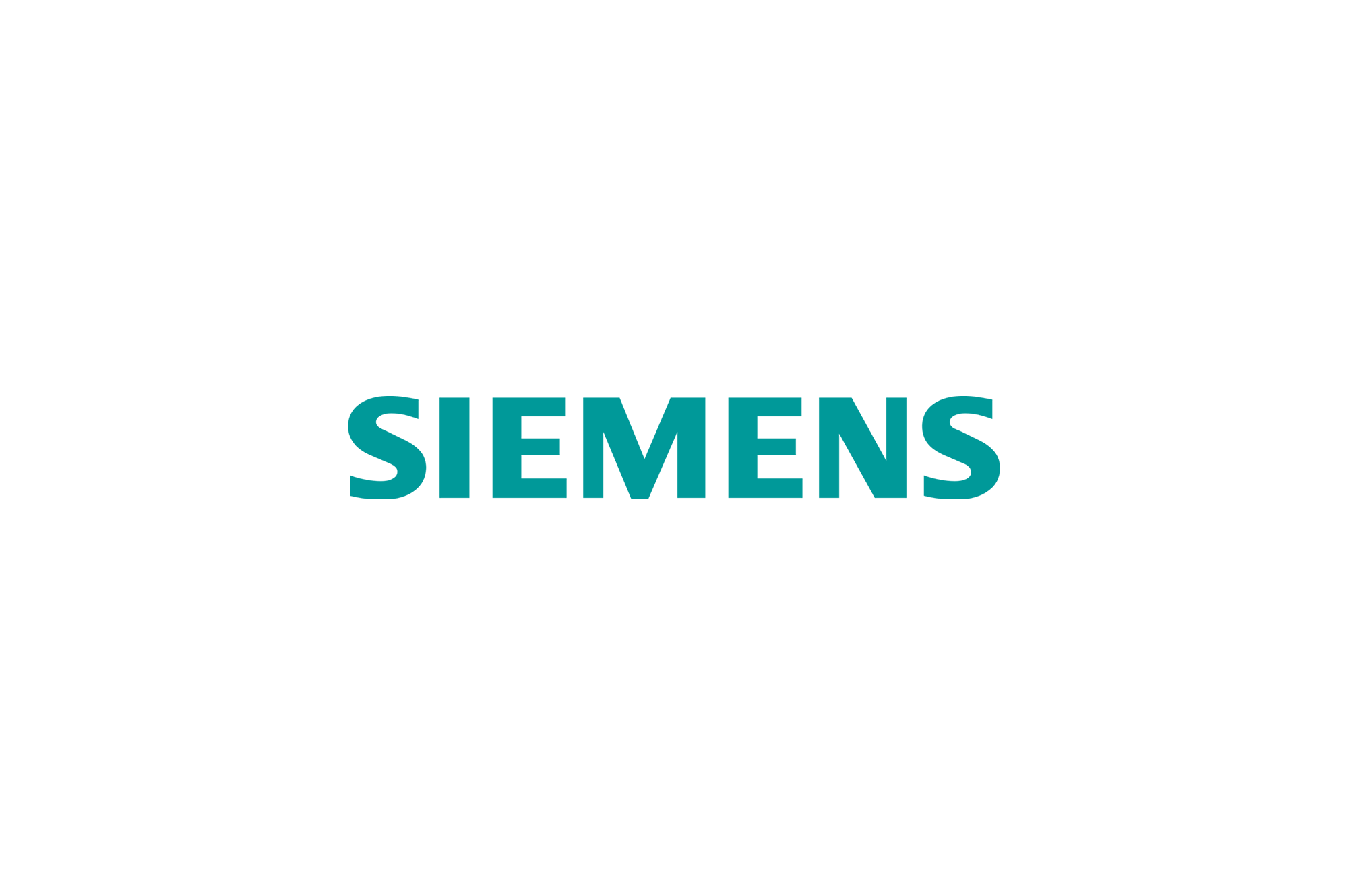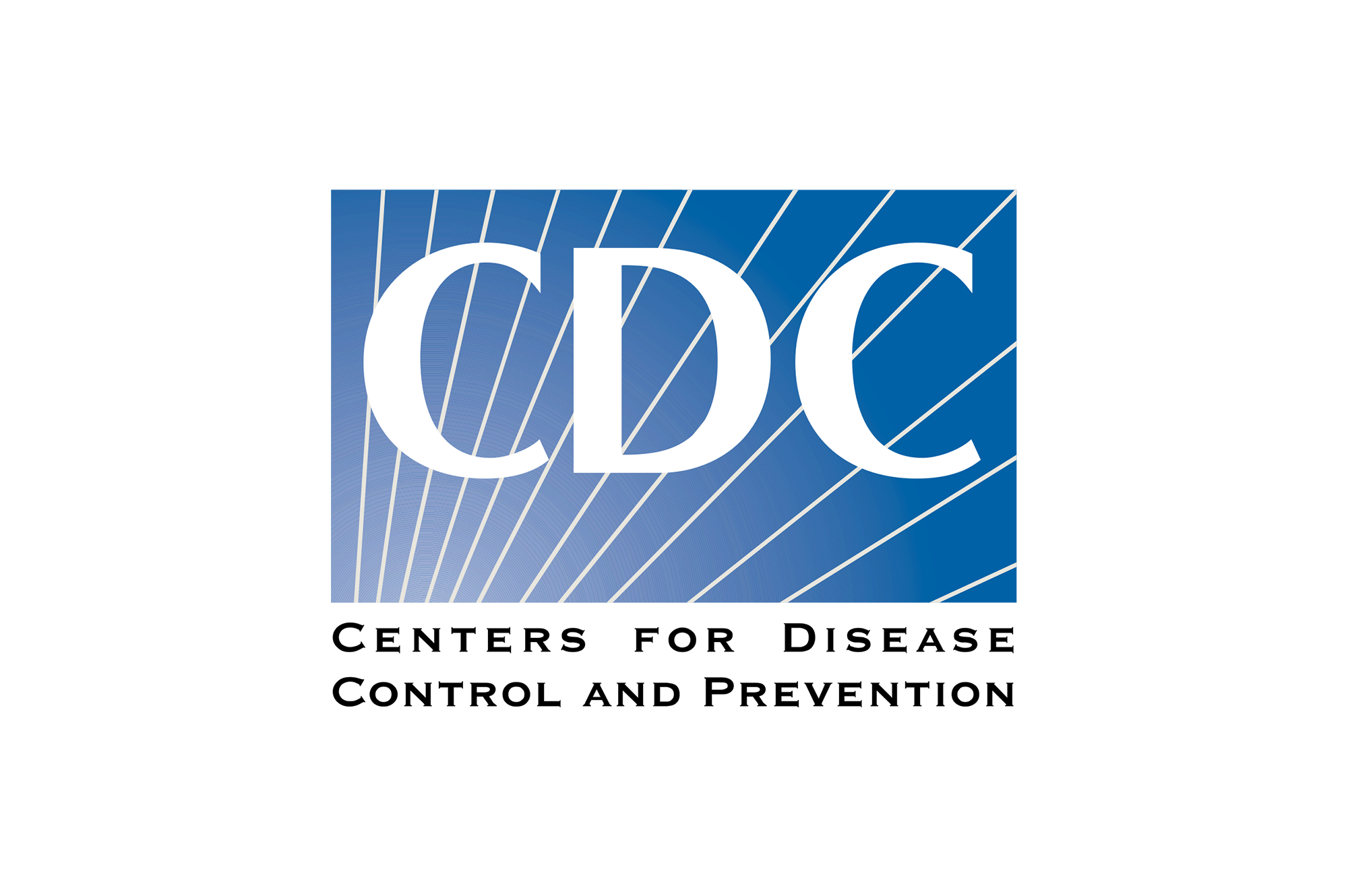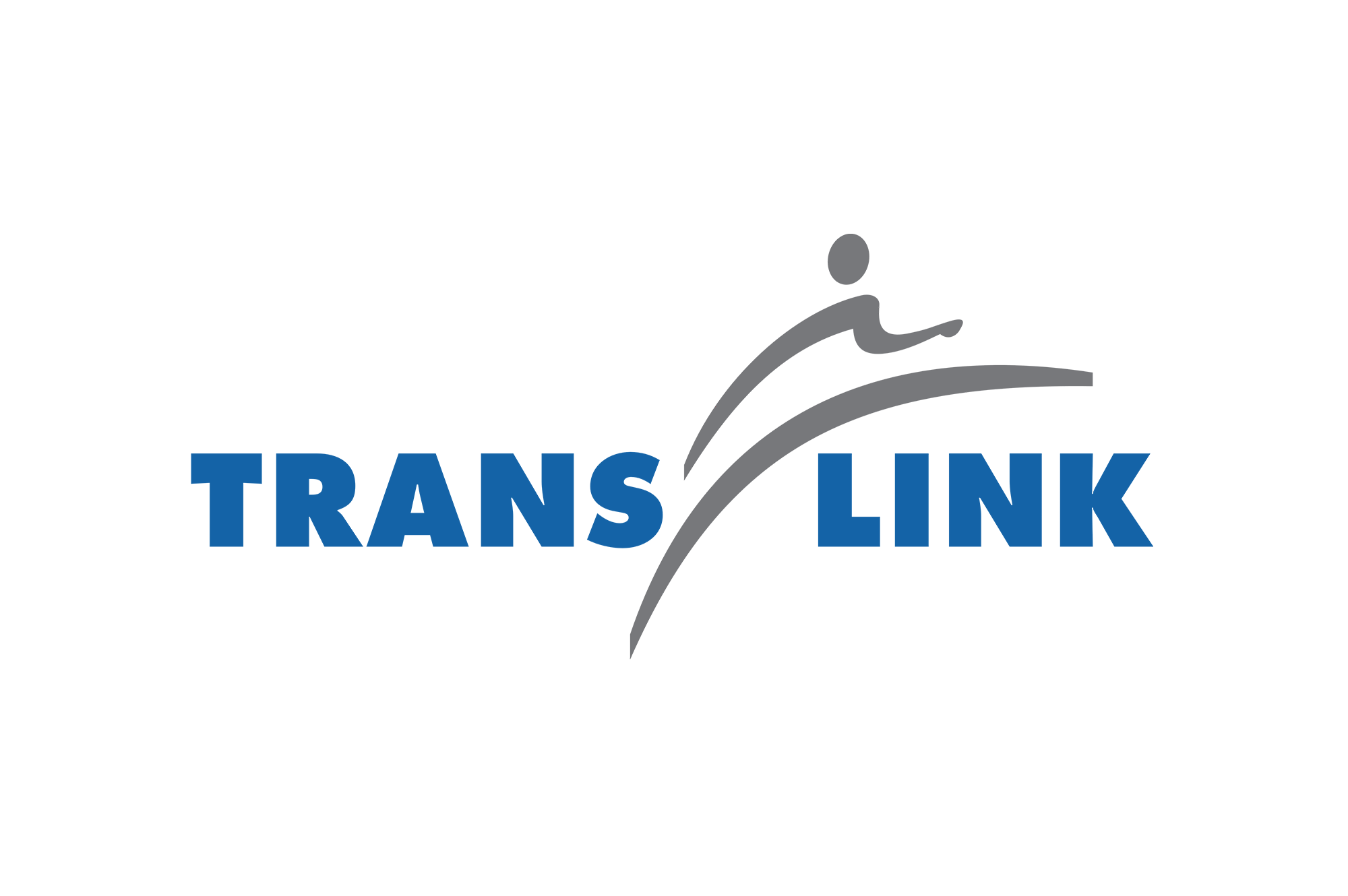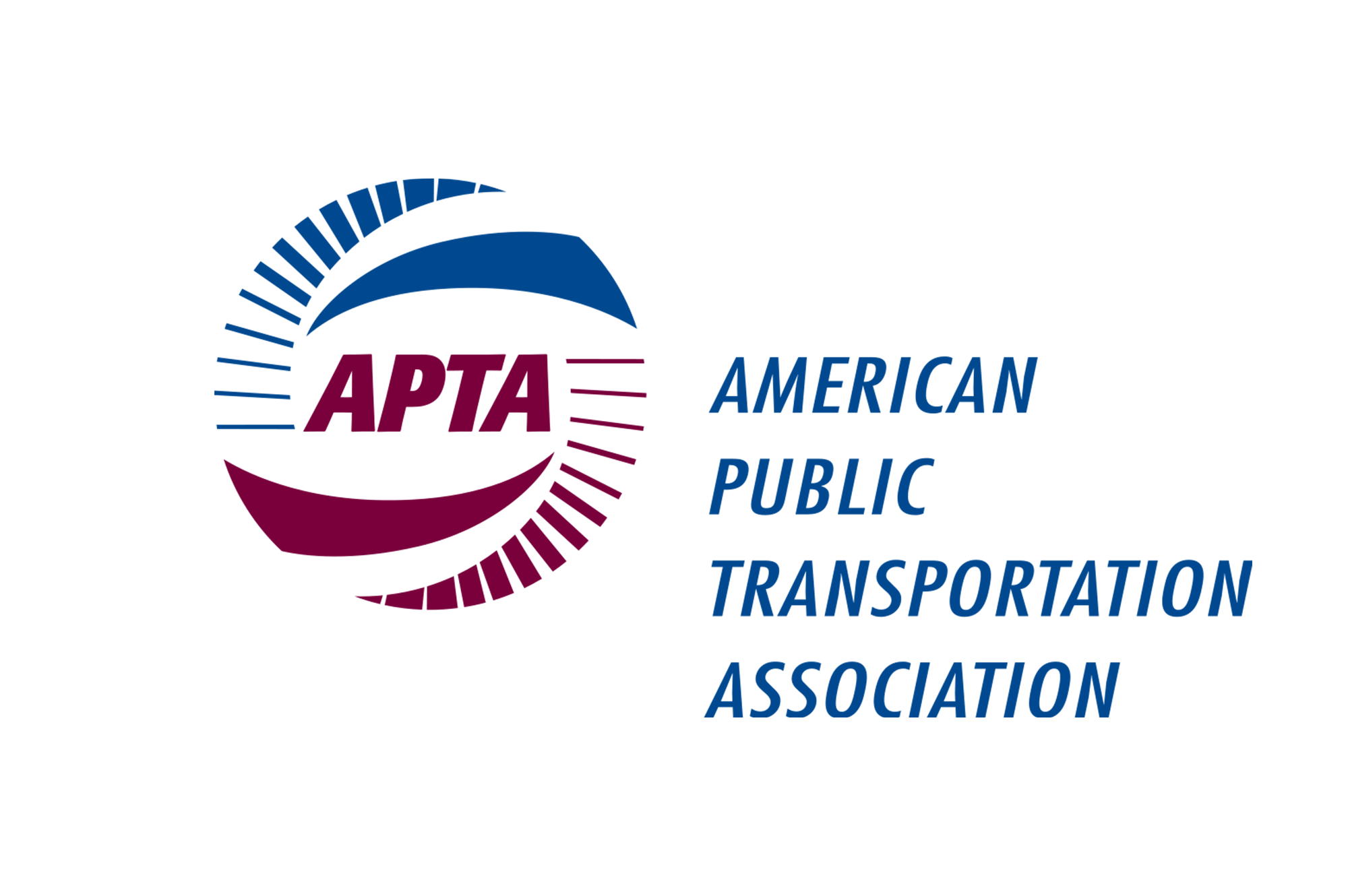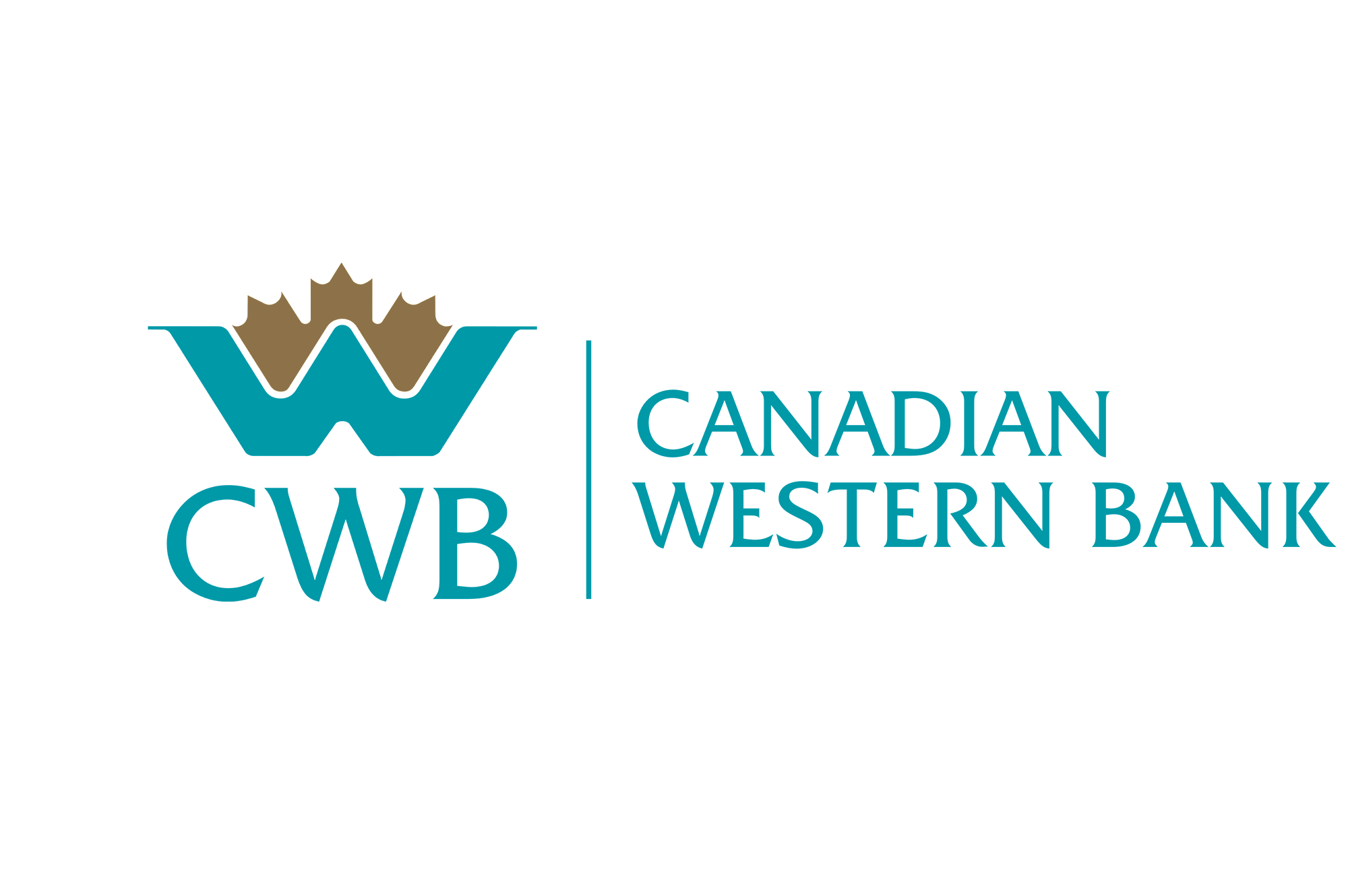
We see many reasons that companies and organizations reach out to us for support – some of these reasons identify a problem, and others represent an opportunity.
For example:
In fact, a customer may be experiencing one of these problems or opportunities – or they may all blend together into a challenging conundrum at the same time.
This is where training needs assessment comes into play.
Needs assessments are used to identify whether or not training can in fact solve a problem or opportunity – it also sets a framework for the process of evaluating a training program, but more on that in a future blog post.
Let’s face it, training can be overused and abused. It may be viewed as a Band-Aid or duct tape solution for a surface-level problem, of which the root or source hasn’t been properly identified. In some cases, the training is designed, deployed and evaluated, and low and behold, the problem (or opportunity) still exists post-training. Sure, a proper needs assessment takes time, but it helps lessen the possibility of an expensive training solution missing the mark.
Our Senior Instructional Designer, David Welichka, has implemented a modified method of training needs assessment, in a nutshell, that compares the present state of affairs (now) with the desired state of affairs (future). This is essentially a comparison between the problems and/or opportunities and the desired outcome post-training. For example:
Obviously, when we discuss needs assessments some form of data is involved.
This data may be pre-existing (sales reports, customer feedback cards, HR records, etc.) or may need to be divulged through a combination of document review, interviews, surveys, and job observation. When it comes to obtaining data we try to source it from the largest pool available, which may include executive, management, consultants, employees, customers, community, etc.
After all, a problem may have vastly different sources and solutions, depending who you speak with. For example:
As you can see, training needs assessments seek to understand the Who, What, and Why of the training business. Without a properly conducted and impartial needs assessment before embarking on the task of creating a training program, you’re left guessing whether your proposed learning objectives will in fact bridge the gap between your present situation and the desired outcome.
We develop digital knowledge solutions. Our team makes heroes of learning and development professionals. We improve workspace experience (and lives) across the globe, with better learning.
